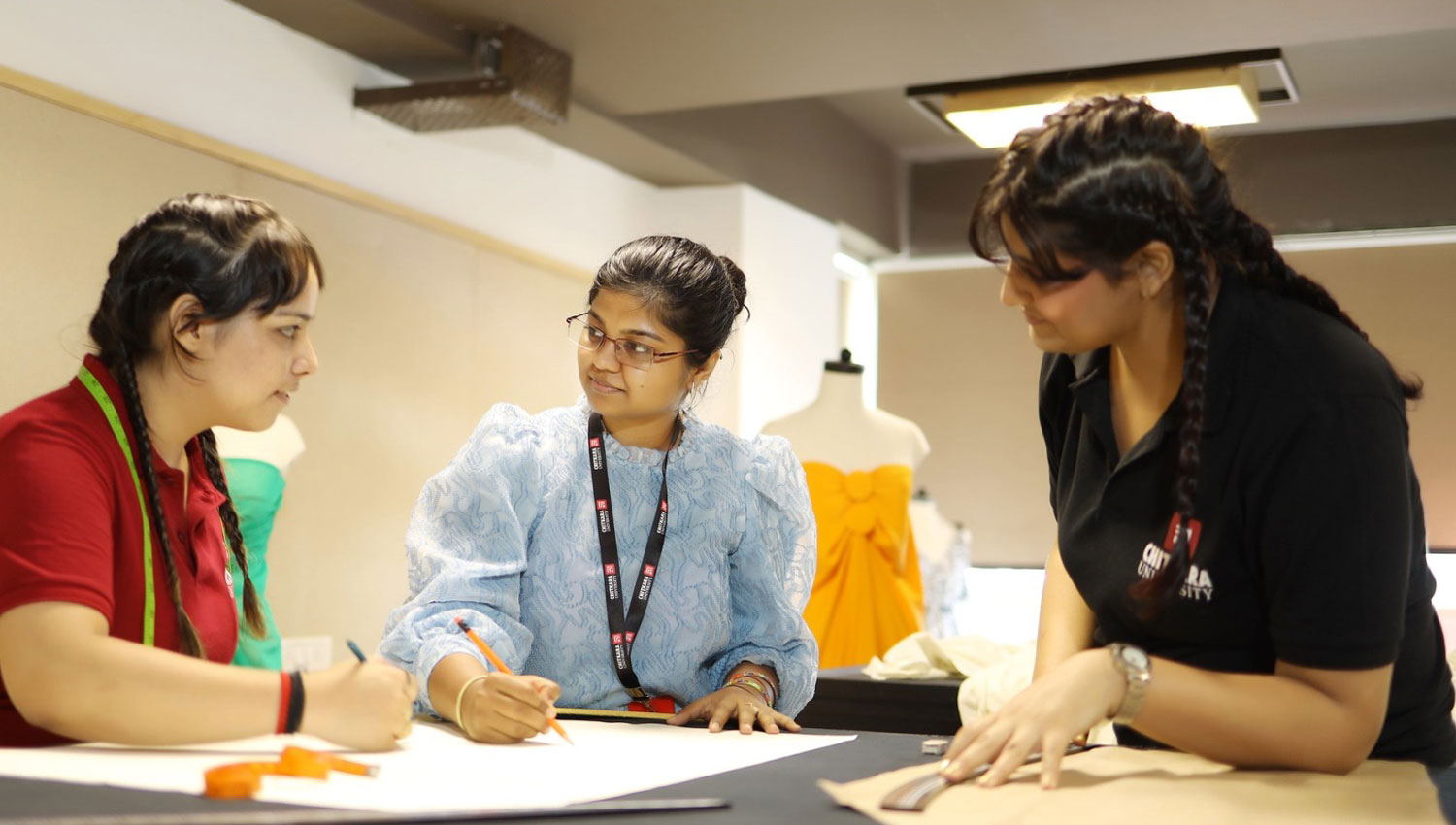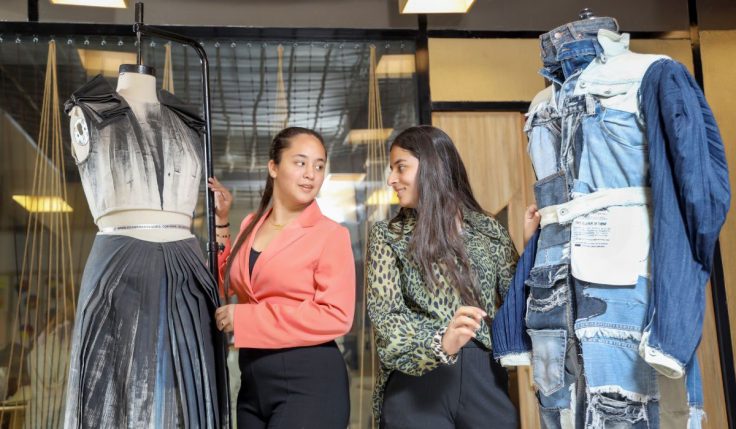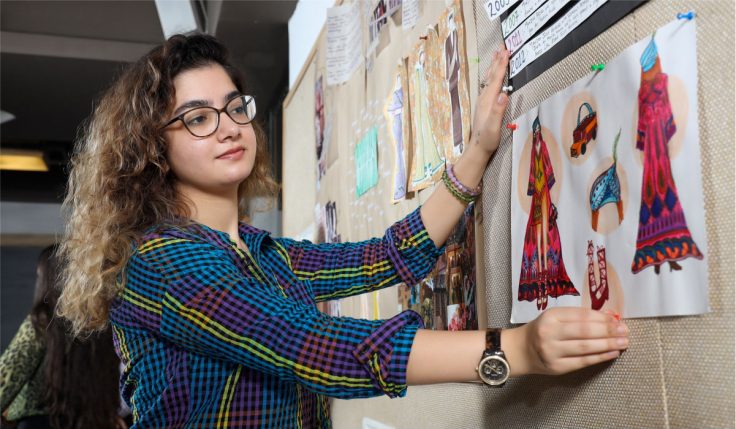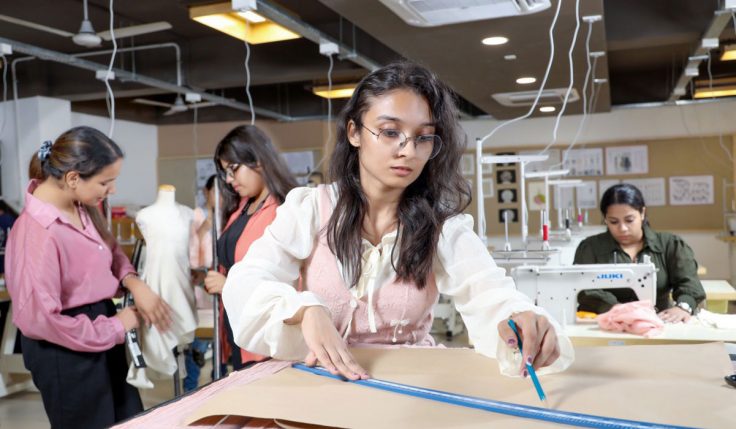Fashion brands have prioritized designs over sustainability for a very long time. Fast fashion encourages a culture of quick gratification and mindless consumption. On the other hand, the rise of slow fashion over the past few years indicates a quick shift in customer behavior along with a positive response from large players in the textile and apparel industry.
Slow fashion is extremely important for a sustainable fashion future. The industry is considered one of the largest polluters globally and it creates huge amounts of pollution and carbon emissions almost each year. In this state, slow fashion saves these problems by focusing on quality, craftsmanship, and conscious consumption.
In this blog, we will look at the rise of slow fashion and how the concept focuses on sustainable ideas such as quality, craftsmanship, and conscious consumption.
What is Slow Fashion?
Slow Fashion is an approach that focuses on quality over quantity by using traditional craftsmanship methods for creating clothing that is fundamentally created to last for long. Slow fashion also aims to create clothes that can have a long lifespan and be better for the environment and the people who make these clothes. This is an approach that stands in contrast to fast fashion which is otherwise driven by trend cycles and focuses on cheap and disposable clothing.
The slow fashion movement also includes many different principles such as fair trade, local production, sustainability, and a focus on craftsmanship. The principles of slow fashion are generally intended to create a stronger ethical and sustainable model for the fashion industry.
Principles of Slow Fashion:
There are some key principles of slow fashion and they are mentioned below.
- Quality Over Quantity: Slow fashion supports purchasing fewer items of higher quality rather than a large number of cheap items.
- Sustainability: Slow fashion also focuses on sustainable practices through the fashion cycle from design and production to the points of consumption and disposal.
- Local Production: Slow fashion also encourages the use of local materials and resources for supporting local economies and reducing transportation emissions.
- Transparency: Slow fashion supports transparency in the fashion industry so that more and more customers can make informed decisions about the clothing that they purchase.
- Fair Labour: Slow fashion also promotes fair labor practices all throughout the industry from design and production to retail and e-commerce.
Also Read: The Surprising Benefits of Pursuing a Degree in Fashion Design
The Rise of Slow Fashion:
Modern-day slow fashion has brought the old ways of the pre-industrial revolution. It allows customers to take a step back and choose if they need something new or if a garment in their closet just needs a small repair. Slow fashion encourages us to purchase fewer garments less often and even choose second-hand clothes whenever it is possible.
When it comes to purchasing new garments instead of cheaper garments that may not last for long, a conscious customer will choose to buy high-quality clothes with natural fibres that can last for a long. This leads to better clothing for our planet and it also fosters a deeper connection to the clothing that we wear.
Customers become more mindful of how their shopping habits and choices may affect not just themselves but also the people who made our clothes and the planet. We live in a world where fast fashion is considered supreme but supporting the slow fashion industry is becoming a movement.
The rise of slow fashion has become a movement in recent times as customers have become aware of the fashion’s harmful environmental impacts. There is a growing number of customers who are now aware of fast fashion’s negative environmental impacts and this has started changing. The rise of slow fashion is a perfect response to the problems that have been created by fast fashion and this movement is gaining momentum.
With the growth of slow fashion, it is possible that the movement could bring a stop to fast fashion. In case customers switch from fast fashion to slow fashion brands then fast fashion brands will also be forced to change their practices to stay competitive. It may take some time for slow fashion to win completely but the fact is that slow fashion can bring real changes in the fashion industry.
Quality, Craftsmanship, and Conscious Consumption:
Quality: The slow fashion brands have much better quality control as compared to fast fashion products which means that the slow fashion products are generally made to last for a long time. This is in complete contrast to fast fashion which creates cheap garments to be replaced quickly.
Craftsmanship: Slow fashion is a lot more transparent when it comes to fast fashion counterparts. The craftsmanship involved slowly focuses a lot more on designs and materials that come from how products are made. This enables customers to make informed choices about the products that they buy.
Conscious Consumption: Slow fashion is a lot more environmentally friendly as compared to fast fashion. Slow fashion brands take considerable time to consider the complete lifecycle of products from sourcing materials to the end of the product’s life. What this means is that they use sustainable materials and ethical production practices which leads to slow fashion products having a lower environmental impact as compared to fast fashion products.
Slow fashion is important because it is considerably better for the environment and customers. It also offers a sustainable and ethical option to fast fashion which then impacts people and the planet. When you buy slow fashion products, you can be sure that you are supporting a brand that cares about its lasting impact on the world.
Conclusion:
Slow fashion is a rising movement that encourages more and more people to become mindful of their clothing choices. It is about choosing quality over quantity and making clothing that can last for years rather than being quickly discarded.
If you are interested in pursuing a career in Fashion Design then you must study slow fashion as a concept for supporting local designers and businesses who value the time and skill that goes into making garments. Pursue a program such as a 4-Year Bachelor of Design in Fashion Design to learn more about slow fashion and other concepts.






